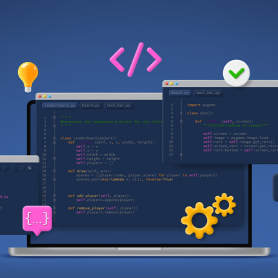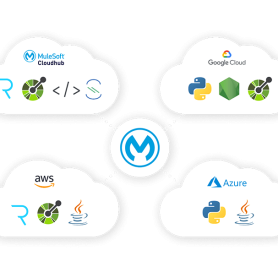How to Use MuleSoft for API Management
Every click, swipe, and interaction you do online is powered by application programming interfaces (APIs). These are the invisible threads weaving together our digital
5 Must-Know API Security Best Practices
As organizations grow, their digital architecture must shift to meet the increased business demands. And while companies have quickly adopted APIs to stay ahead
How Microservices and APIs Work Together [Infographic]
As customers increasingly seek personalized and interconnected experiences, organizations must elevate their digital strategies to meet and exceed customer expectations. Microservices are often credited
3 Keys to Building a Composable Business With Universal API Management
Ready to unleash innovation together? We’ll show how you can empower everyone in your organization to automate anything, integrate data, and connect applications with
Ensure consistent governance and security with new API Governance and API Manager features
API governance is often accompanied with a sense of burden as development teams visualize process overheads, review cycles, and long running negotiations. On the
Build modern apps and architectures with MuleSoft’s Anypoint Flex Gateway
Pick any application that you use often. There’s a good chance that the application has an intuitive interface, high performance, continuous availability, and it
Combat API sprawl with universal API management (UAPIM)
Our industry is built on impossible and unlikely dreams because they really could happen. This is why we’re here to say this: universal API
How does API management mesh with, um, data mesh?
Etymology of net (n.): Old English net "open textile fabric tied or woven with a mesh for catching fish, birds, or wild animals alive;
Gartner Magic Quadrants: All-in-one solution for EiPaaS and API management
The world runs on data — and everyday we are producing more and more of it (at least 2.5 quintillion bytes of data each day
How MuleSoft and Slack bring humans back to operations
This post was written by Ramsankar Ananthan and Nicholas Keune. (more…)






















